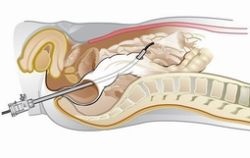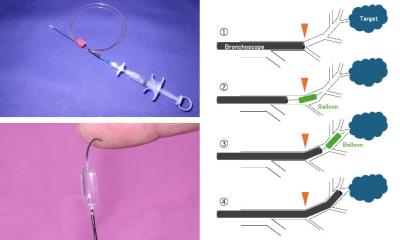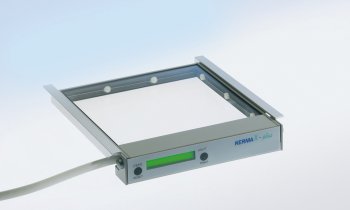Notes on NOTES
Natural orifice transluminal endoscopic surgery (NOTES - a technique that could revolutionize minimally invasive surgery (MIS) by eliminating abdominal incisions - is slowly shifting from research on animal models to human patients.

Thus NOTES could be an advance much as laparoscopy was between the 1980s-90s.
During the procedure an endoscope is passed through a natural orifice, e.g. mouth, urethra, anus, depending on the target area, and on through an internal incision in the stomach, bladder, vagina, or colon, so that external incisions and scarring are avoided.
Advantages could include reduction in anaesthesia, avoidance of trans-abdominal wound infections; less need of immunosuppression; better post operative pulmonary and diaphragmatic function, quicker recovery, so shorter hospitalisation, and finally no visible scarring.
However, critics challenge the safety and advantage of this technique in the face of effective MIS options, e.g. laparoscopy.
As said, NOTES has been mostly practised on animals, for diagnosis and treatments, including transgastric (through the stomach) organ removal. Some researchers now advocate transvesical and transcolonic approaches, reasoning these are more suited to access upper abdominal structures, which are often more difficult to work with if using a transgastric approach.
Originally described by researchers working with animals at Johns Hopkins University (Anthony Kalloo MD, et al.), NOTES was recently used for transgastric appendectomy in humans in India (Drs. G V Rao and N Reddy).
Transvaginal access appears to be the safest and most feasible for clinical applications. In March this year, the NOTES Research Group, led by Dr Ricardo Zorron at the Federal University Rio de Janeiro, Brazil, performed the first series of transvaginal NOTES cholecystectomy on four patients, based on previous experimental studies. Later in March, Dr Marc Bessler successfully performed the same procedure in New York. In April, Dr Marescaux, of EITS-IRCAD Strasburg, France, carried out this surgery on a patient. Although having potentially less complications, the disadvantage is that the procedure is obviously only possible for women.
26.06.2007











